A university expedition in 1967 led us to the Svartisen glaciers and nearby Beiardalen, a remote valley, north of Mo i Rana, inside the Arctic Circle in northern Norway.
Val, my then-girlfriend and later wife, and I had the experience of visiting a valley which, until two years previously had been accessible only by sea. In 1965, a road had been constructed to connect the valley to the existing route from Bodø in the north to Mo i Rana to the south.
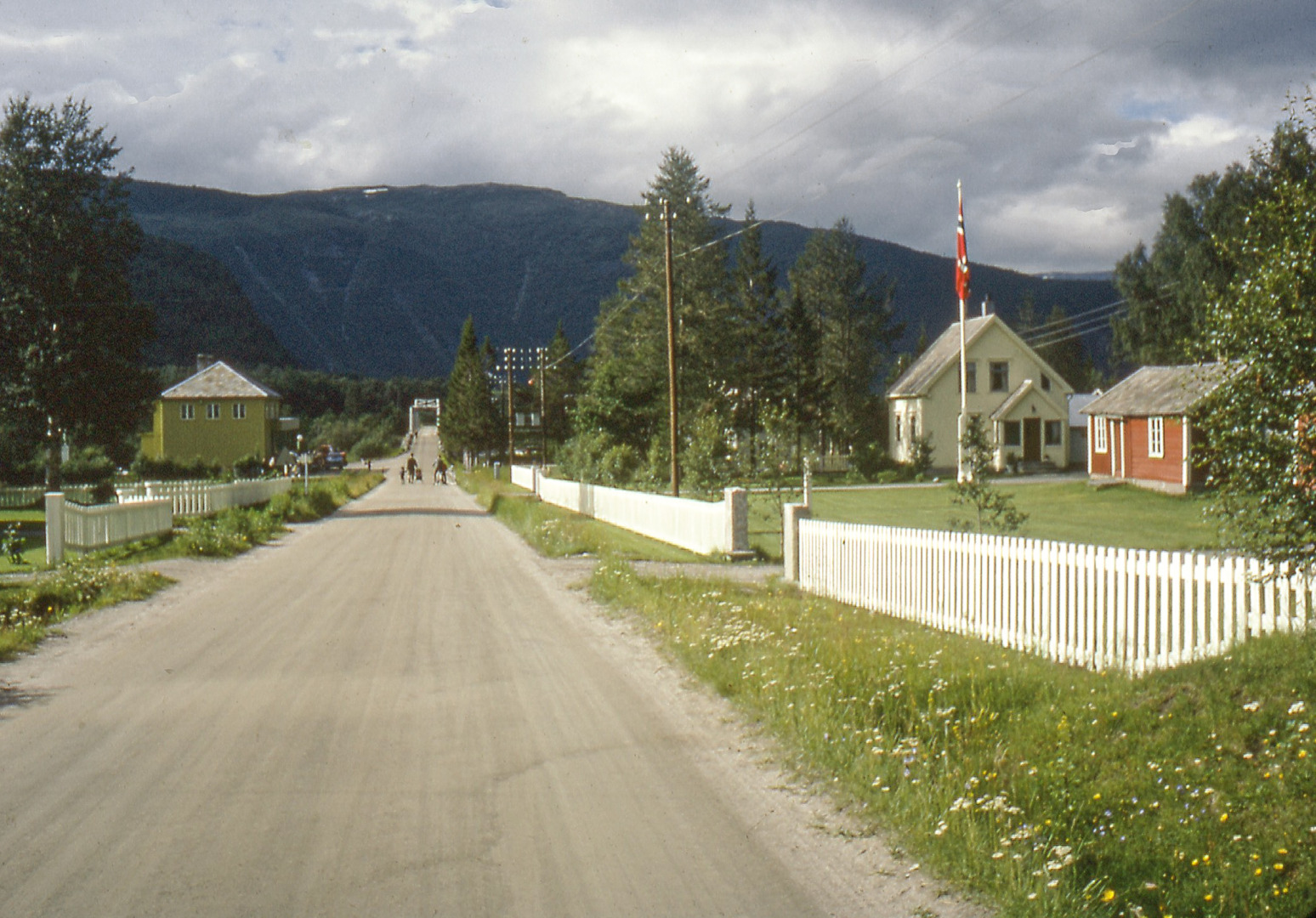
We travelled from Newcastle in the UK, across the North Sea to Bergen and then up the Norwegian coast on the Hurtigruten coastal steamer to Mo i Rana. Back then, the coastal steamer was not the cruise ship it is today. It was the cargo and mail boat for the coast of Norway and it carried supplies and locals to towns and villages.
Last post
Our boat even carried a coffin which was unloaded late one afternoon in a small settlement — the last voyage for one Norwegian. The journey took a few days and, when we reached Mo i Rana, the expedition truck was there to take us over the mountains to the valley.
A small group of us camped in an old schoolhouse in the valley for six weeks doing the fieldwork for our theses. The main group of the expedition went up to the Svartisen glaciers to do their fieldwork.
I have very fond memories of that time in Beiardalen, especially because the locals were so very welcoming and friendly.
Fieldwork
Our small group got on very well together. We found time to do our fieldwork, to explore the stunningly beautiful valley and to climb in the surrounding mountains. We were very fit. We had no transport because the expedition truck had gone over the mountains to the Svartisen Glaciers with the glacier-based group, so we walked long distances. It was all dirt roads and there was virtually no traffic.
The valley was idyllic. Norway was still a poor country then — the oil wealth came later — but the people in the valley seemed content. We went fishing with the locals and we were standing on a beach casting a line and pulling a fish in on every cast.
They were most likely herring and we cooked them on a driftwood fire on the beach. It was light at midnight in the summer. It was the best of times. I have often thought about going back there to see how it has changed but sadly my chance has probably passed.
After we ended our time in Beiardalen, Val and I travelled down to Oslo by a combination of train and hitchhiking, camping along the way. It’s amazing to think that we carried all our clothes for the time we were away, plus our supplies and camping gear, on our backs. From Oslo we travelled by overnight ferry to Copenhagen and then by train to the Hook of Holland, returning by ferry to Harwich in England.
The selection of Kodachrome slide photographs from that wonderful time is included in this article. Taken by Val, they were hidden among hundreds of slides until I discovered them a couple of weeks ago. Interestingly, Val used a Ricoh Auto Half.
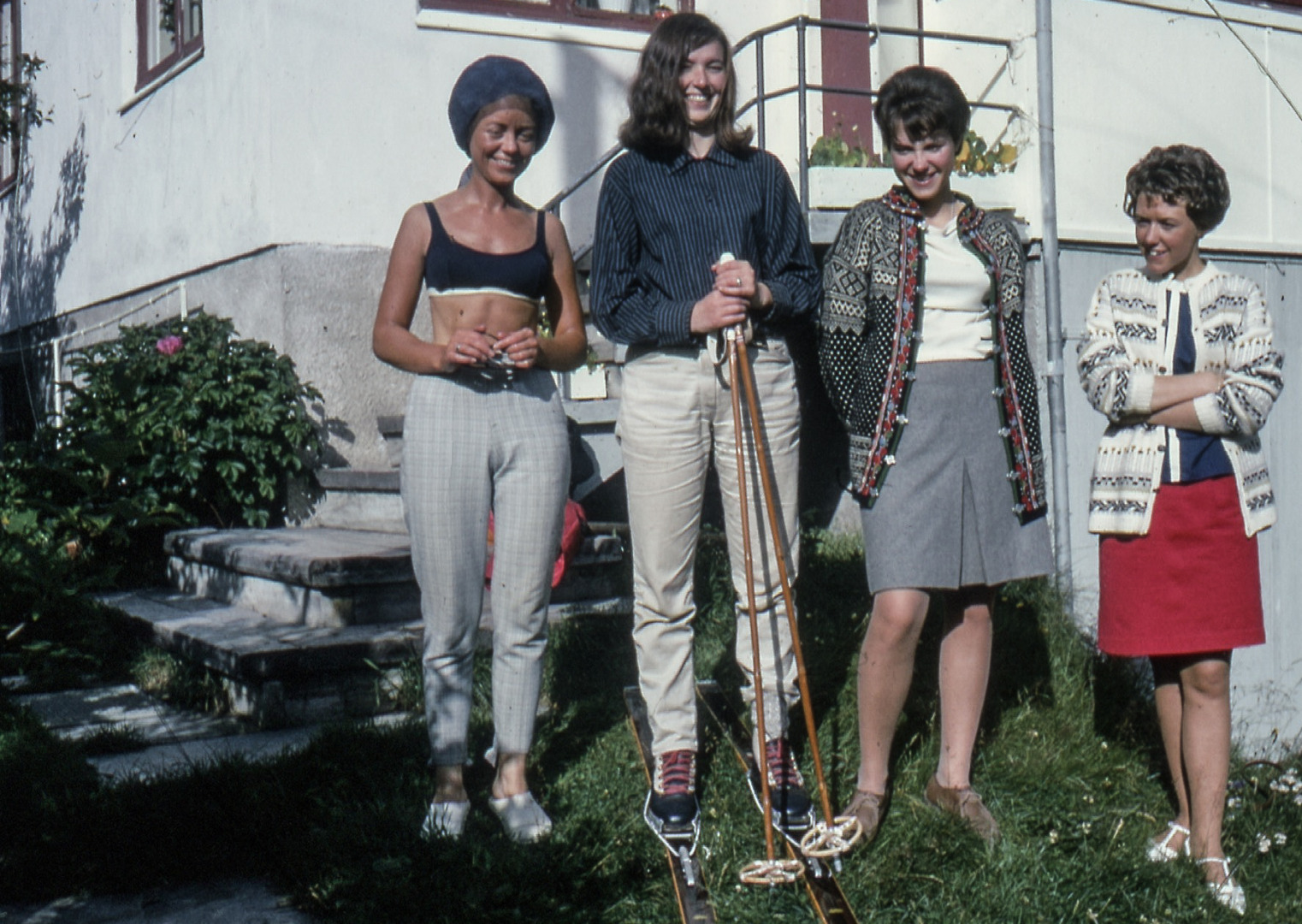
The Kodachrome film used in this half-frame camera had a sensitivity of only 10º ISO, with very little latitude. Taking a properly exposed photo with the Ricoh, with its basic light metering system, was not easy and almost a matter of luck. Sadly many of Val’s slides are underexposed and cannot be recovered in scanning. However, the few I have managed to scan successfully are very evocative of that great time.
Kodak donated the film to the expedition and that is the reason Val was using pricey Kodachrome. Kodachrome slides do not bleed in prolonged storage as do E-6 slide films such as Ektachrome and Agfacolour and this explains why Val’s slides are in remarkably good condition after 55 years stored in hot, humid conditions here in New South Wales.
Half-frame times
Half-frame was a format that enjoyed a short period of popularity in the 1960s and 1970s. It used standard 35 mm film but each frame was half-sized so it gave 72 exposures on a standard 36-exposure cassette or 40 exposures on a 20-exposure cassette.
The big appeal of the half-frame format was its lower cost and the diminutive size of the cameras. Slide viewing required a half-frame slide projector to view the slides or a not-very-user-friendly slide viewer.
A major issue was that the film ran horizontally in the camera — as in a full-frame 35mm camera — and the picture format was an upright portrait format so you had to turn the camera through 90 degrees to take conventional horizontal/landscape format photos. Many people found this inconvenient and counterintuitive. The Ricoh Auto Half used by Val was almost square, so holding it in the right orientation was less of an issue.
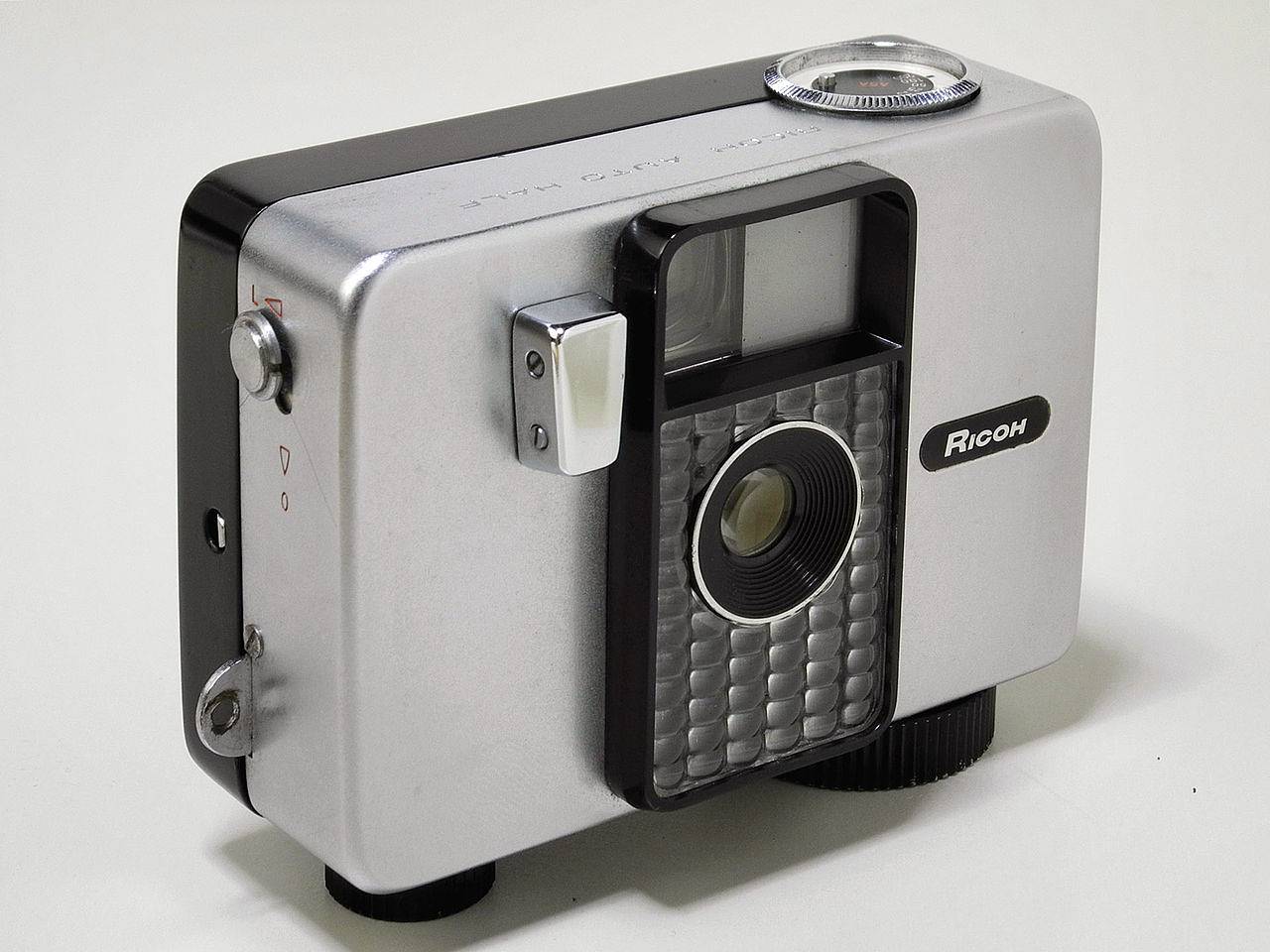
Half-frame cameras were manufactured by Ricoh, Canon, Yashica, Olympus and others — including Leica which produced a special half-frame model in the Canadian factory.
The leader of the pack was Olympus which produced a range of half-frame models, including the wonderful Pen F SLR which was a true system camera with its own range of Zuiko lenses and accessories. Half-frame faded away when Olympus introduced the very small XA and Rollei came out with the small Rollei 35, both full-frame cameras.
Read more from John Shingleton
Follow John on his blog, The Rolling Road
Make a donation to help with our running costs
Did you know that Macfilos is run by five photography enthusiasts based in the UK, USA and Europe? We cover all the substantial costs of running the site, and we do not carry advertising because it spoils readers’ enjoyment. Every amount, however small, will be appreciated, and we will write to acknowledge your generosity.


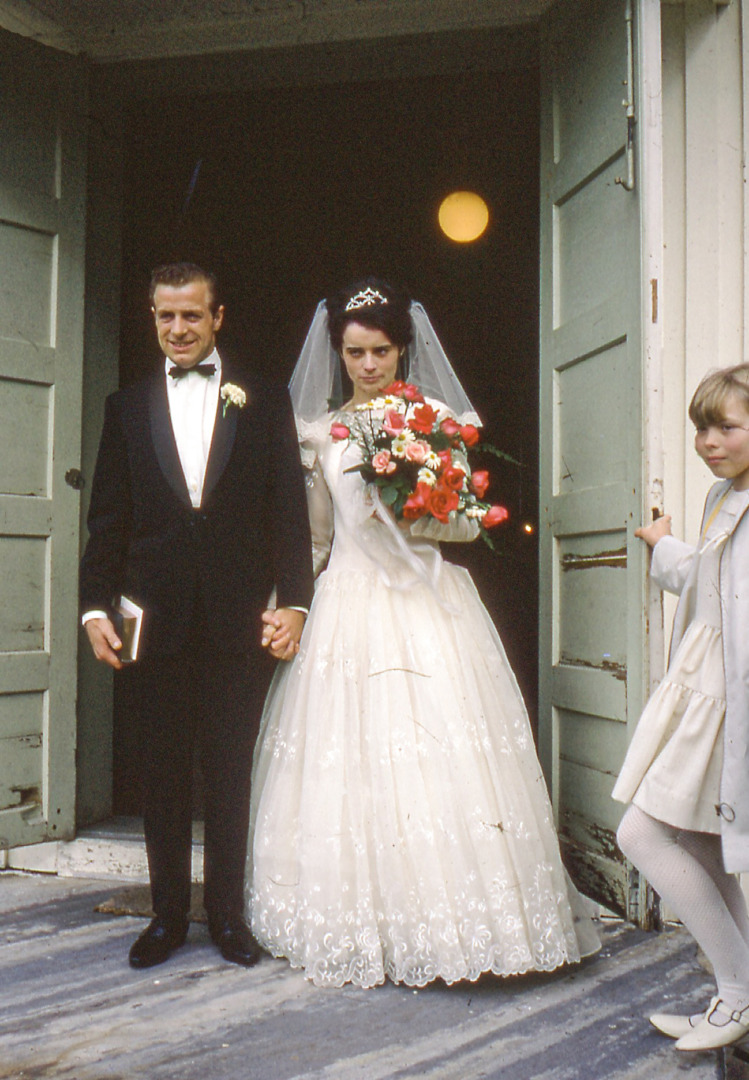
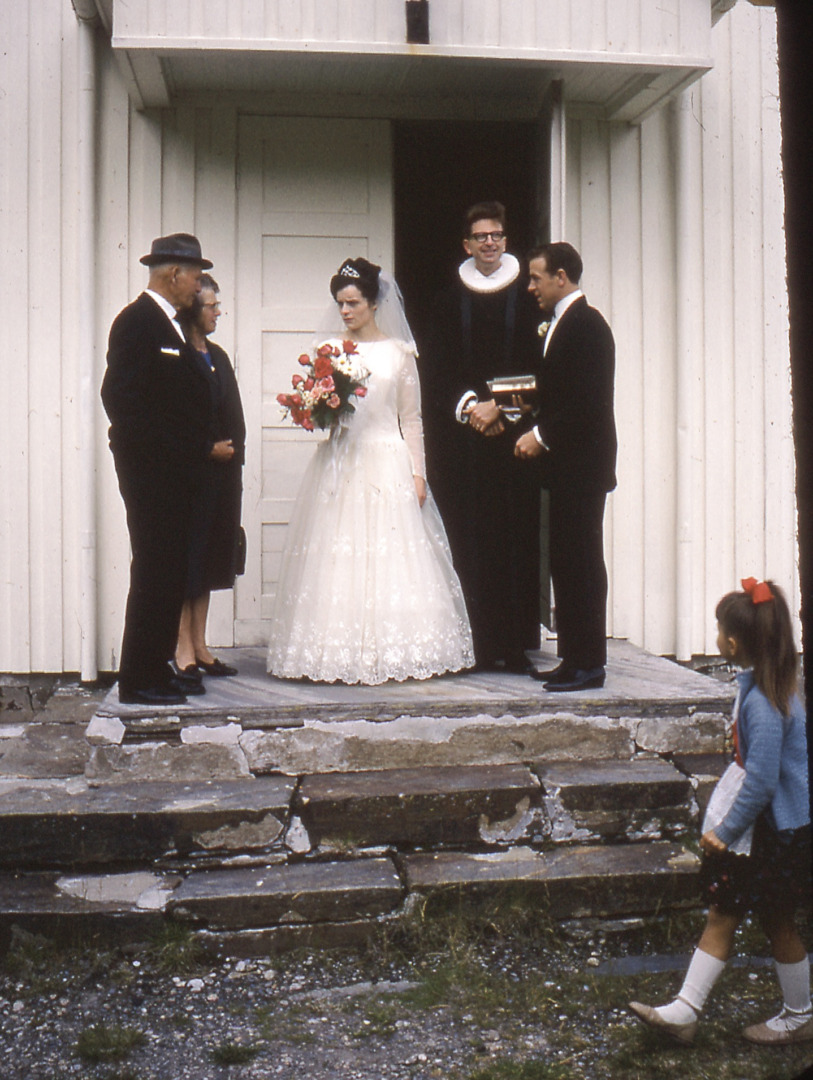
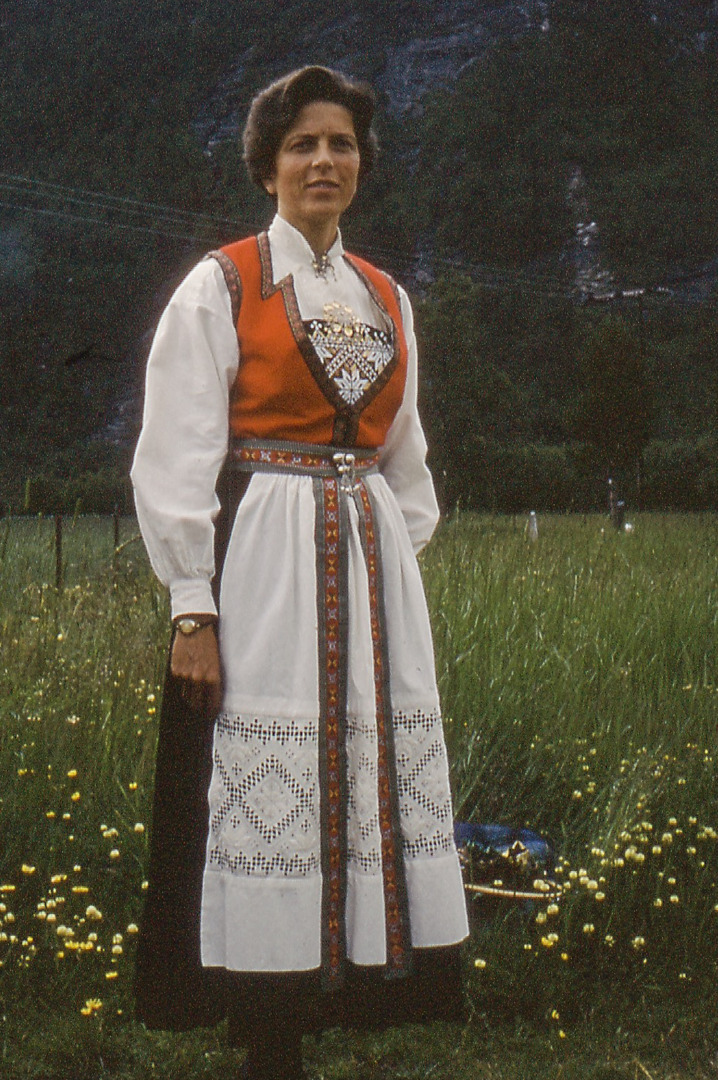
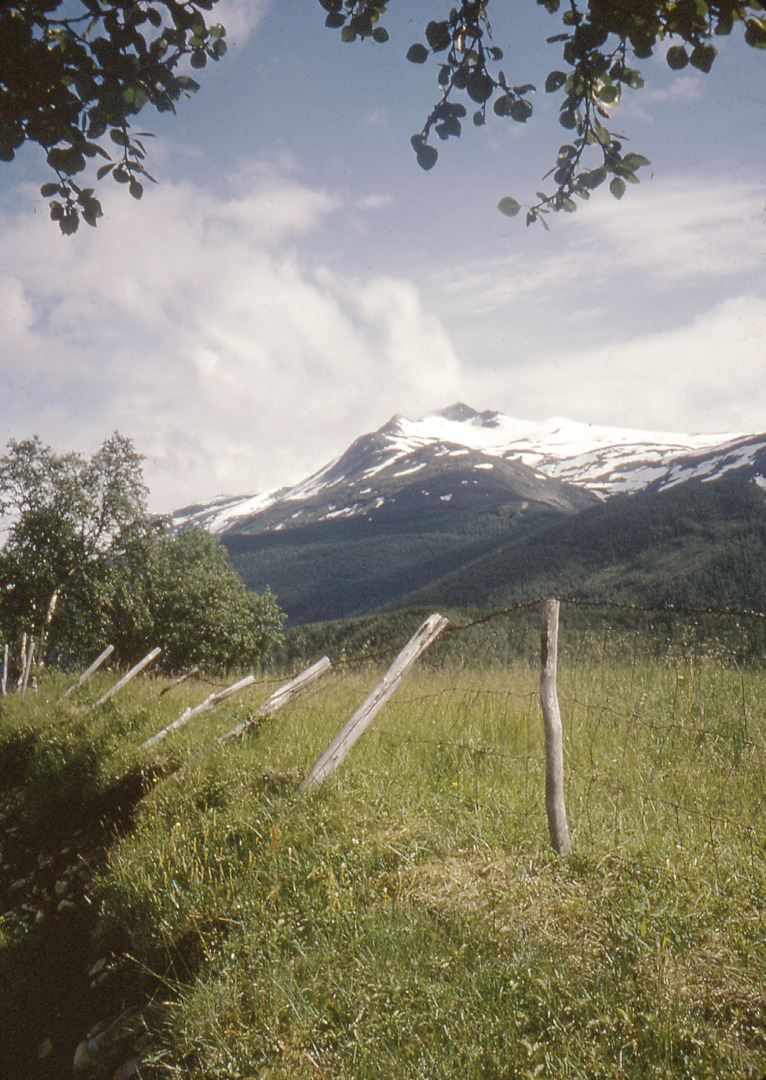
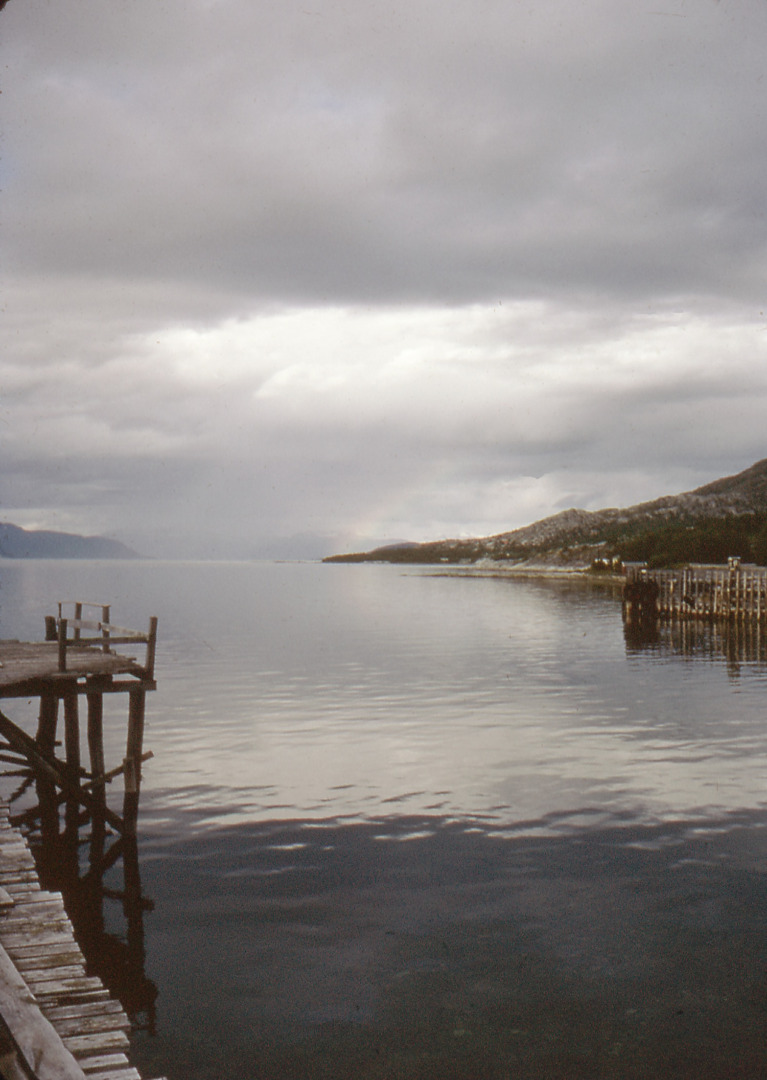
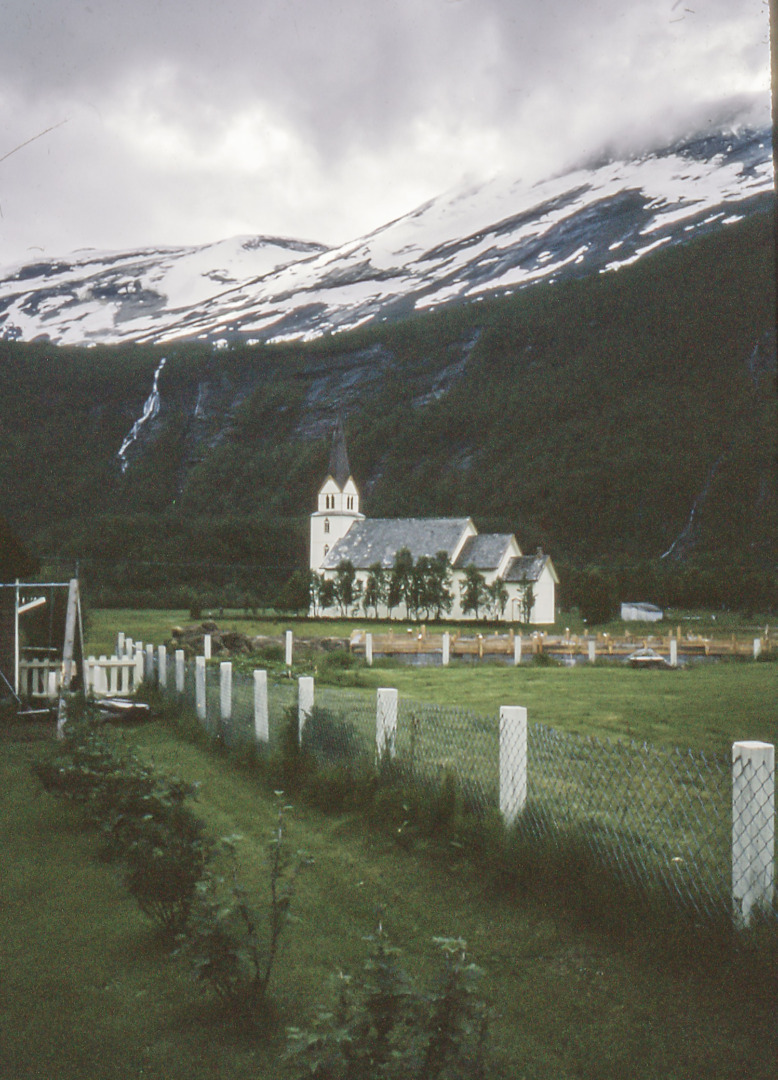
Thank you John for sharing this tale. Brilliant photos too.
William, many thanks. My sentiments exactly.
John
Lovely photos, John. Photography is the best thing for drawing us back to a particular place and time, precious moments which will last forever only because they were captured. Against this, the technicalities don’t matter.
William
One technicality matters a lot though..the fact these pictures were on a roll of film. I wonder if digital images will have a much shorter lifespan.
This is something I’ve given a lot of thought to. I can imagine that pictures stored on hard drives will be lost when the owners die because there are no physical remains that can be identified. No negatives, no photo albums. On the other hand, most people publish their photographs in one way or another, even on Facebook or Instagram, and they could well have a long life span. In some ways, images could have a longer life because of digitisation and will continue to be discovered on the internet long after the photographers have gone to the great darkroom.
I really enjoyed your article, John. It brought back memories of my own trip with Hurtigruten (“g” not pronounced!) a few years back – also with their small coastal steamer doing its last tourist season, more’s the pity. It meant we could get into small clefts which the present-day floating blocks of flats can’t manage. Your wife’s slides are lovely, and I’m glad you managed to salvage some. I used Agfacolor for my Middle East tour 64 years ago, so I know what you mean by “bleeding”!
A nice article and scans of the images. If you use an Epson Perfection V600 Photo I’d be curious about your settings as my scans with that scanner are awful and awfully grainy.
Jean
I wonder what scanner you used, John, as these look somewhat ‘flat’ – or ‘non-vivid’ – for Kodachrome, and – as Jean says – “..I’d be curious about your settings”, too. The sharpness is pretty good for a half-frame Ricoh (..they’re rather under-appreciated cameras ..but nowadays Ricoh owns Pentax!..)
The group photo of the young women looks quite Kodachrome-like, but is still a bit ‘muted’ ..so I’m interested to know what the scanner was, as well as your settings, and which software you used with the scanner.
David, see my reply to Jean above.Yes they are somewhat muted for Kodachrome but Norway is not a country of vivid colours and the landscape tends to be mellow and muted.A contributing factor may also be that all of the slides ,except one, were not ‘correctly’ exposed so adjusting the scans in LR has probably had an effect on the colour rendition.
Many thanks, John!
Jean, thanks. I use a V550 scanner-the predecessor to yours. Over the years this has given me good quality scans without any difficulties.The photos from Laos on my recent blog post were all scanned from Velvia slides with the scanner. I just use the standard Epson Scan utility software .I import then into LR Classic and adjust them there and resize them for Macfilos.
John
Thank you,John!
Thank you for a very interesting article John.
I went to an isolated Norwegian fjord just north of Bergen with a youth club in 1960, before a road was built, so the only way in to the small community of Fjaerland was by ferry. With the oil money the Norwegians have opened up these isolated communities with amazing roads and tunnels. If only the UK government had spent our oil money here in the same way.
As you found the people were very friendly and welcoming and mackerel were easy to catch – we cooked the fish on a fire by the fjord – very fresh fish!
I used Kodachrome and Ektachrome slide film with an Agfa Silette and the slides are still as vibrant as ever. One day I will have to scan them. Wonderful film.
Thank you for reviving great memories.
Peter